ADVERTISEMENT
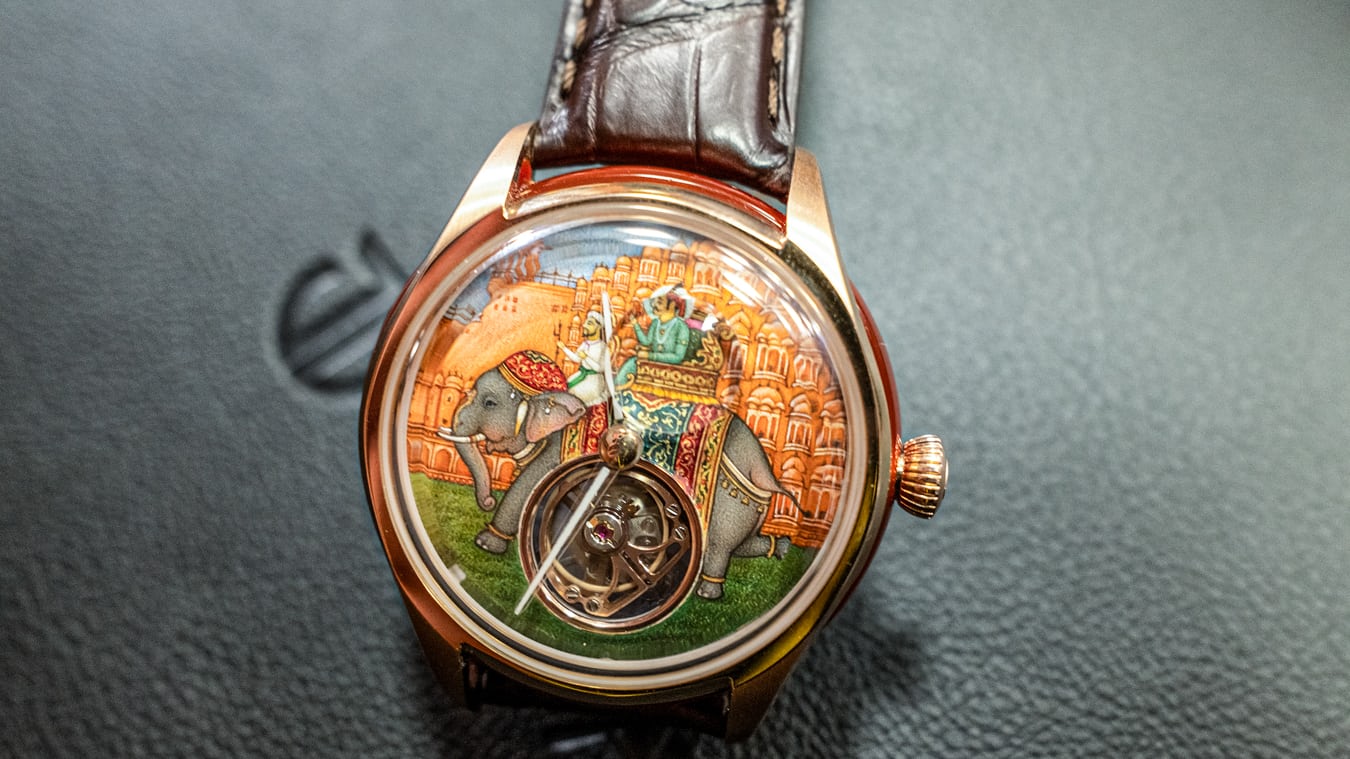
The teeming and modern campus of Titan Company Ltd. in Bengaluru looks and feels more like a tech firm playground than home to India's biggest watch and jewelry brand. More than 3,000 employees stroll the grounds, huddle over tea or coffee in common areas, and get to work overseeing the design and production of some 15 million watches per year, the vast majority of them destined for the domestic Indian market.
"We don't have any problems finding workers and employees,'' Himanish Mukherjee, the Head of Product at Titan's watch division, says as he walks beside a small lake peppered with swans and ducks, that frames the three main building headquarters. Bengaluru, previously known as Bangalore, is India's technology hub. Located in the south of the world's most populous country, the city of about 14 million people is responsible for about one-third of India's Information Technology exports and is home to some of its biggest and most successful companies.
Titan is among them. It was founded about 40 years ago, back in 1984. A joint venture between the Indian corporate conglomerate giant Tata Group and the Tamil Nadu Industrial Development Corporation (TIDCO). Its purpose was straightforward: to make watches in India for the Indian consumer market. It's certainly done that. Initially focusing exclusively on quartz-powered timepieces that were developed through an agreement with France Ebauches and with help from Seiko and Citizen as well, Titan watches featured prices that were attainable for the growing Indian consumer class. Now, four decades later, if you ask just about anyone of a certain age in India what their first watch was, they're likely to say 'Titan.'
Titan Company Ltd. headquarters in Bengaluru, India.
Today, Titan churns out some 50,000 to 60,000 watches a day. It is the fifth biggest watchmaker in the world by volume and is one of India's best-known, homegrown consumer brands. The company has evolved into a full-fledged lifestyle company, producing bags, eyewear, clothing, such as saris, and most importantly, jewelry. Sold in stores under the Tanishq brand, jewelry has grown rapidly since launching in 1994, to become the largest part of Titan's overall business, accounting for more than 80% of sales and becoming India's top jewelry brand. But its foundation in watchmaking has helped it retain a staggering domestic market position, accounting for about 60% of India's traditional watch market and about 27% overall, including wearables and smart watches. That's due, in part, to the more than 3,000 stores Titan has throughout the country - many of them watch retailers, such as its Helios chain.
Quartz-powered watches remain the lifeblood of Titan's watch business. Of the 15 million watches it makes a year, only about 120,000 are mechanical. The reason is simple economics, says Kalplana Rangamani, Titan's chief sales and marketing officer for its premium and luxury watches division.
"India is a country of contrasts. So you have immense poverty along with huge affluence," she says.
"So quartz is not done and dusted in India. We're still 95% quartz, and there is large growth happening at the lowest end of the market, which is fashion watches, which are quartz,'' Rangamani adds.
Titan headquarters.
That doesn't mean that Titan's quartz watches are not interesting or horologically innovative. The company's Edge line, launched in 2002, remains one of the slimmest in the world. Titan's engineers developed the Edge movement in-house, stripping away all but the most essential components and integrating the caseback as part of the mainplate, eliminating bulk and reducing tolerances to microns. The result is an elegant quartz watch barely 3.5 millimeters thick that doesn't need expensive alloys or materials to be extraordinarily thin and light.
The Edge remains a key pillar in the Titan lineup, and, interestingly, is now being produced in a mechanical version as well. That's on trend for Titan and its Indian clientele. Like much of the world, India's interest in traditional and mechanical timepieces is on the rise, spurred by a surge in horological interest during the pandemic that's still driving growth.
"We're seeing a lot of young people who had shifted to wearables come back to analog watches, and that is being driven by quartz,'' says Rangamani. "But at the same time, we're seeing on the other end of the spectrum, a huge interest in mechanical because it's premium. There's a lot more storytelling to be done,'' she adds.
Titan's foray into watch premiumization seems to be paying off. While still dwarfed by its jewelry division, watches and wearables unit sales rose by 24% while pre-tax earnings margins increased by nearly 23% in the company's most recent fiscal quarter. Analog watch sales jumped by 28% during the period as volumes and prices rose, the company says.
Titan Edge Ultraslim
From Titan's Bengaluru headquarters, the drive to Hosur, in Tamil Nadu state, takes about 45 minutes. It's a chaotic, crowded journey accented by a cacophony of car and motorbike horns amid the heaving traffic. Underscoring the shifts in income, Porsche SUVs jockey for road space with green and yellow tuk-tuks and red Honda motorcycles. Hosur is home to Titan's first and largest watch manufacturing facility, one of five the company has spread across the country.
When we arrive mid-afternoon, it's time for a shift break, and throngs of workers are shuffling along the roadside while others pile into buses to head home. The Hosur facility has scores of buildings. It's at this sprawling complex that Titan makes some of its most entry-priced watches, as well as its most expensive pieces.
Inside one of the largest buildings, more than a hundred workers sit at watchmaker tables in a series of rows. Some are attaching hands to dials while others are adjusting mechanical movements. It's loud like a factory and closer in decibel level to a machine-heavy Swatch brand assembly line, but with a lot more workers than a Swiss manufacturing plant.
Titan Ltd. manufacture in Hosur, Tamil Nadu state, India
At a nearby building, security is extra tight where the brand forms, polishes, and assembles gold bracelets and watch cases for Titan's higher-end Nebula brand. Workers are required to remove their shoes and empty their pockets as a security guard screens each person who enters and exits the area of the room where the gold is. Of course, that's not unusual at a watch manufacturer. Workers are also screened, sometimes monitored, and checked at Swiss facilities to prevent theft.
Always housed in precious metals, Nebula watches represent the top tier of Titan's stable of watch brands. And it was in 2024, that Titan produced a mechanical tourbillon watch that, at the time, represented the pinnacle of what the Indian company had produced in terms of haute horology. Featuring a guilloche dial and flying tourbillon movement, the caliber was designed and manufactured by Titan with some assistance from Swiss partners to test and prove the mechanism, as well as help with the movement finishing. Just four examples were made.
"It was a milestone,'' Rangamani says, and was indicative of Titan's ambitions to make more high-end pieces.
But Titan executives concede that while the watch represented a technical and design achievement for the country's biggest watch company, it was not particularly evocative of Indian culture, heritage, and craftsmanship.
Jalsa Nebula by Titan
Enter the Jalsa. The result of a three-year initiative and unveiled for the first time in July, this Nebula brand watch, housed in 18 karat rose gold with a ring of red agate stone serving as the mid-section of the three-part case, is meant to serve as a testament to India's engineering and artistic capabilities. It delivers, and then some, in what is surely one of the more unique and surprising haute horology creations we've seen.
The undisputed star of the timepiece is the polished marble, hand-painted dial. Each of the ten watches bestows a unique work, crafted by celebrated Indian miniature painter Shakir Ali. A winner of the Padma Shri - one of the highest civilian awards in India - Ali uses tiny brushes and paint materials derived from traditional, proprietary recipes, to depict larger-than-life scenes on very small surfaces. Dominated by faded and washed red overtones, the dial painting shows a historic palace in Jaipur, the Hawa Mahal or 'Palace of Winds,' as its subject on the occasion of the architectural marvel's 225th anniversary. Each shows the royal procession of Maharaja Sawai Pratap Singh, against the facade of the building he commissioned. A viewer can easily get lost in the stunning renderings of textures depicted from elephant hide to grass and decorated silk by the skilled miniature painter. And it's a unique yet boldly simple facet of the watch that makes this more likely.
Attached to the non-pointing end of the lume-filled sapphire minute hand is a sapphire magnifying glass that slowly rotates around the watch once an hour, highlighting different features of the marble painting or giving the viewer an enhanced look at the flying tourbillon revealed through a cut-out on the dial. The handwound tourbillon movement, designed, engineered, and built by Titan with input and some components from Swiss watchmaking partners, uses 144 parts and 14 jewels, beating at a frequency of 3 Hz (21,600 vph), with a 48-hour power reserve. Seen through the exhibition caseback, the movement features unique decoration, including bridges constructed from the same red agate stone used in the case.
Sized at 43.5 millimeters in diameter and 14.5 millimeters thick, the Jalsa is a statement, and its price in Indian rupees is 40.5 lakhs or about €45,000.
Titan Company managing director (Chief Executive Officer) C K Venkataraman says that with the Jalsa, the company is not just launching a watch. "We are presenting a cultural artefact. It is a rare fusion of India's artistic magnificence and watchmaking mastery, brought to life by our teams,'' he says. The company has submitted the Jalsa for consideration in the Grand Prix d'Horlogerie de Genève in the 'Artistic Crafts' category, where it will face stiff competition with rival entries from the likes of Voutilainen, Louis Vuitton, Tiffany, Piaget, and Van Cleef & Arpels.
So who is the watch aimed at? Titan executives say that they primarily serve wealthy Indians. India's luxury market is booming, after all. Worth about $10 billion annually and growing at a compound annual rate of more than 6%, that's faster growth in luxury than France and a bigger luxury market than Switzerland.
"The target for this particular watch is largely India,'' Rangamani, the chief marketing officer, says. An audience, she expects, will appreciate efforts to bring India's deep cultural heritage, artistic expression, and engineering capabilities into the wider watch-collecting conversation.
Click here for more information about Titan and the Jalsa watch.
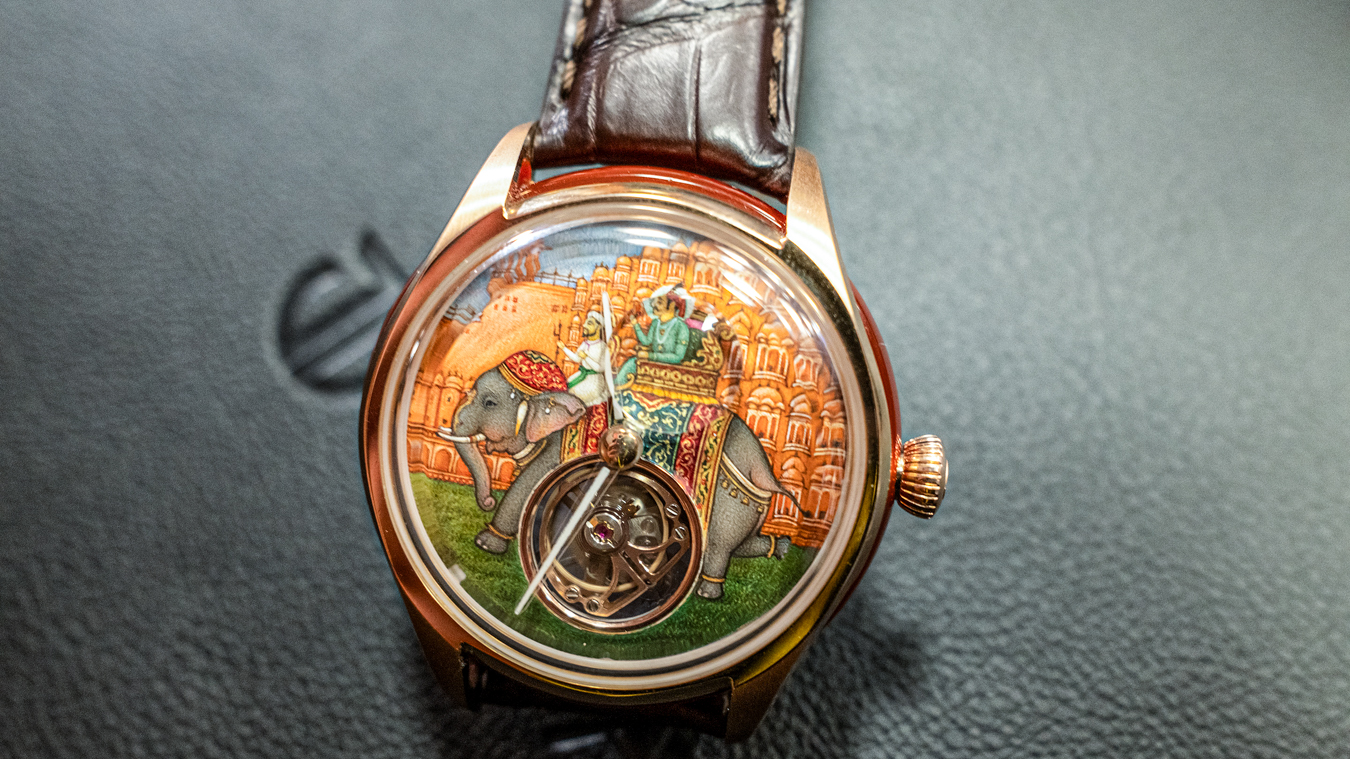

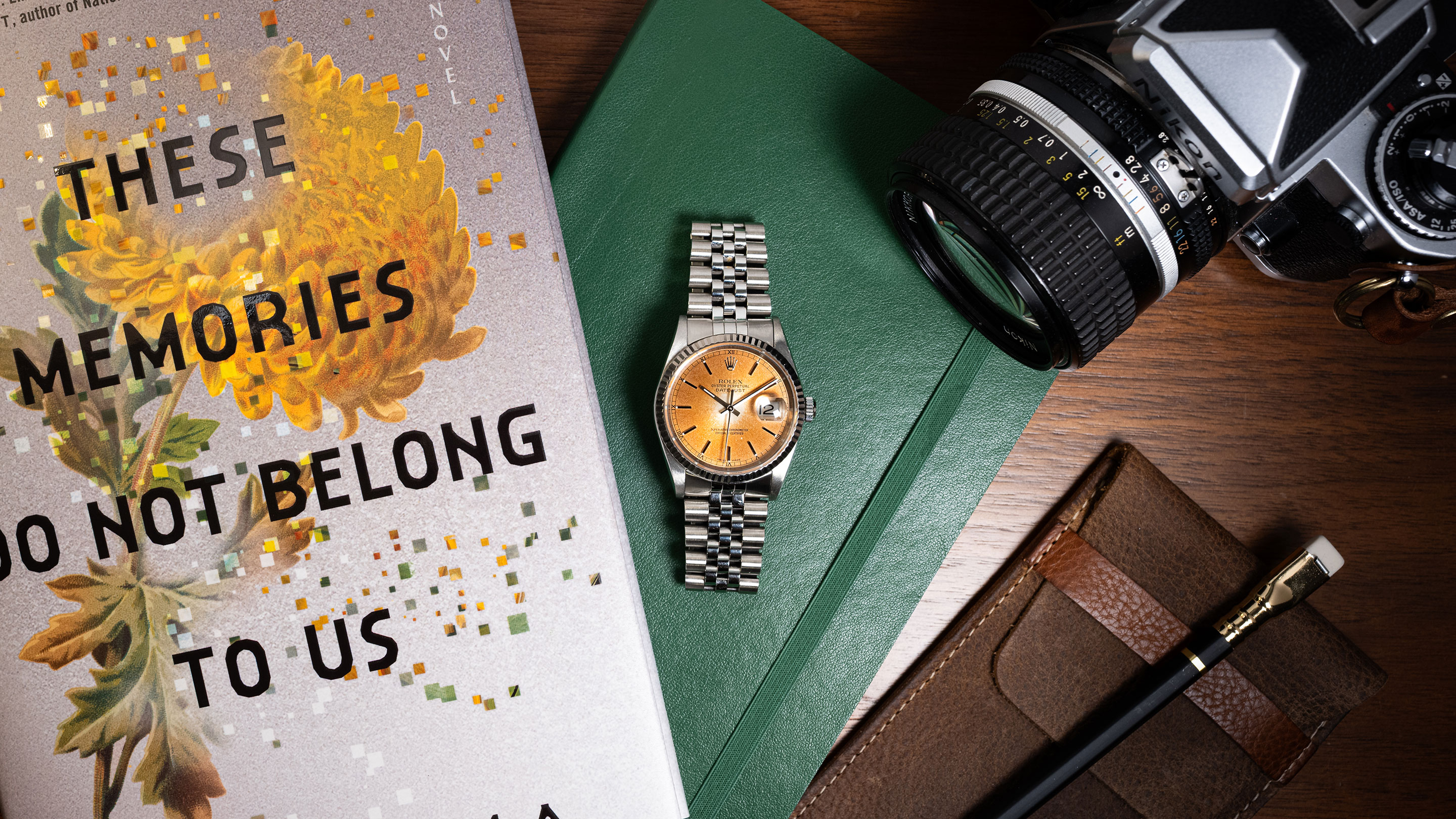
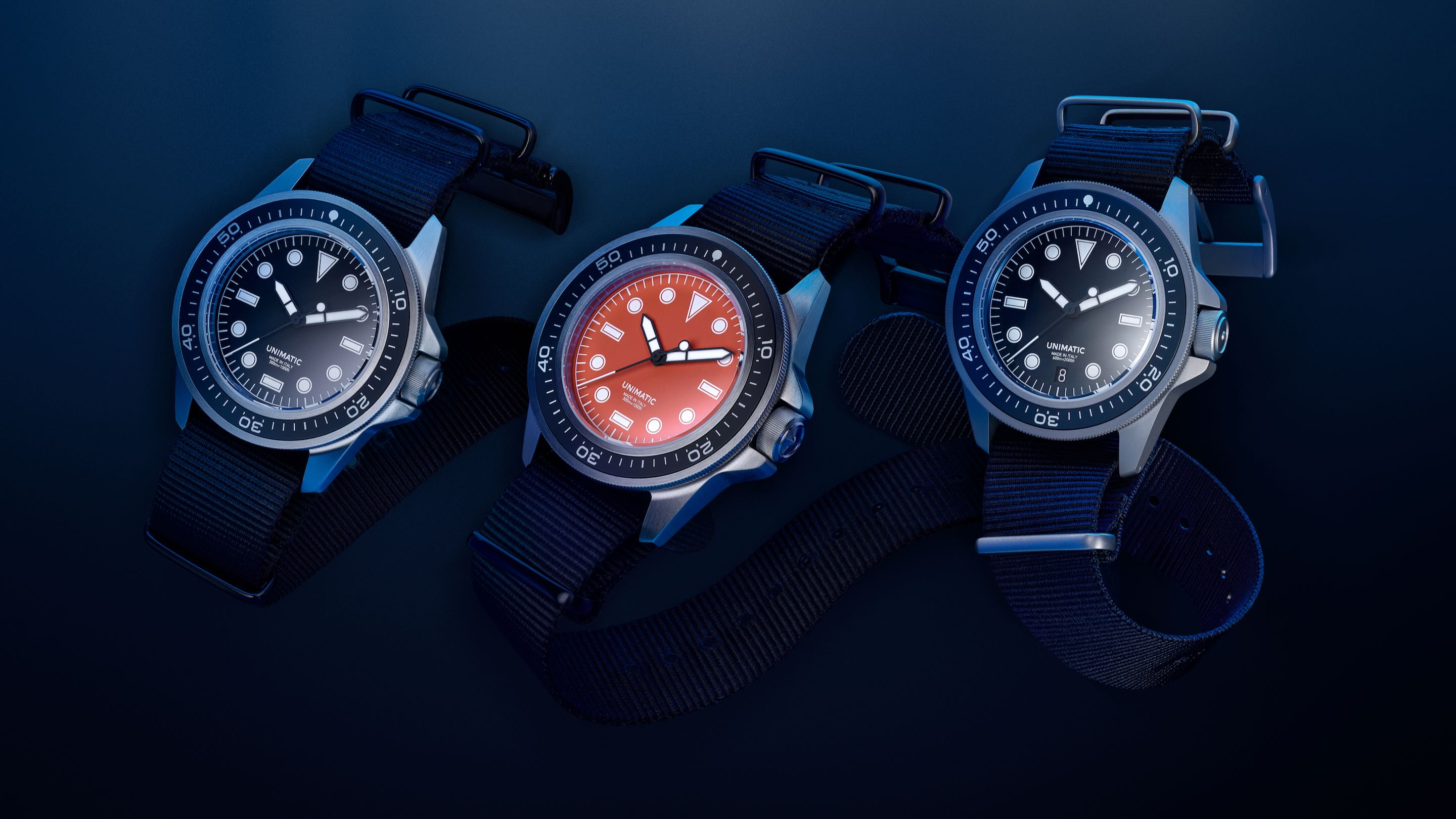



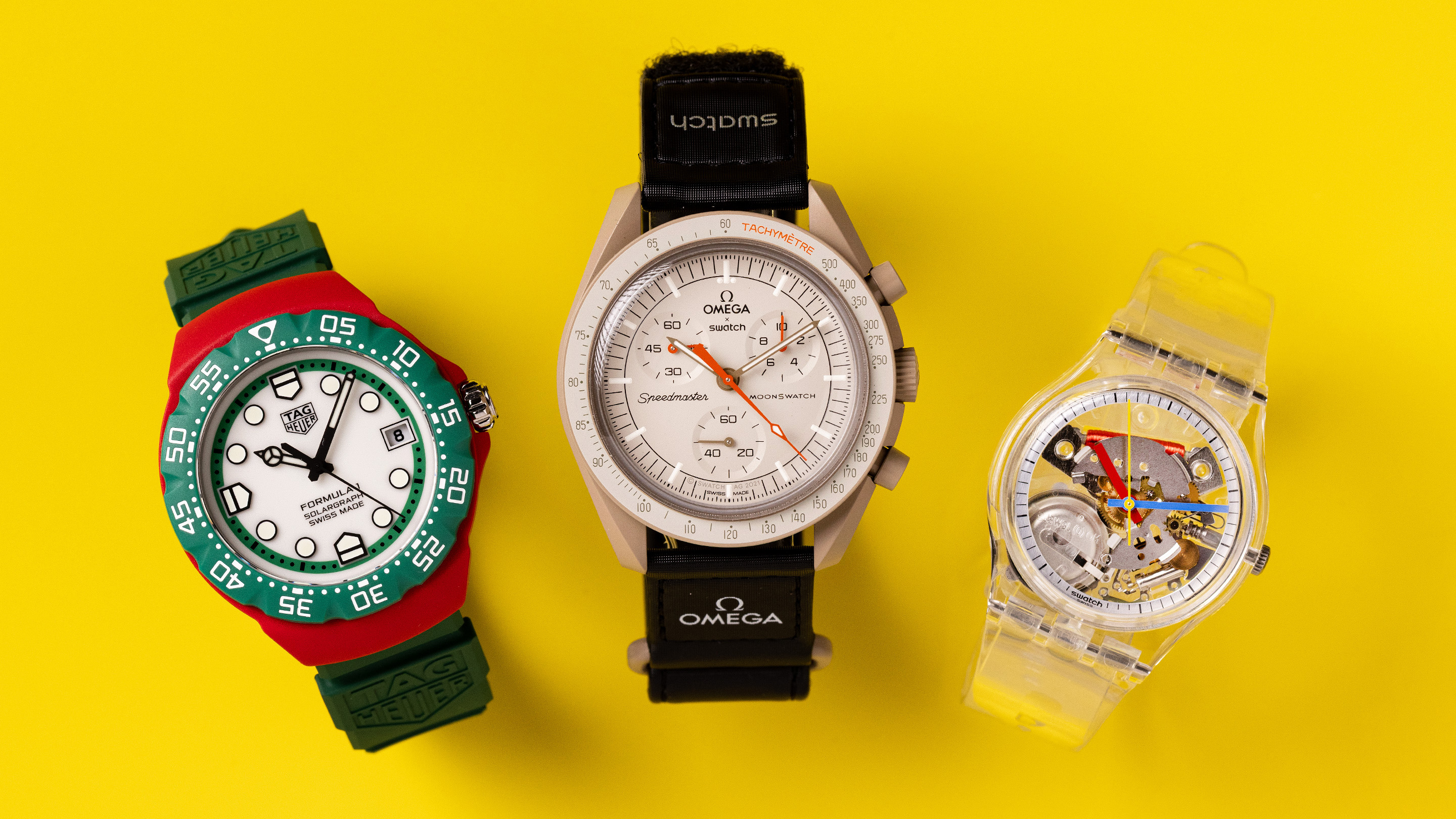
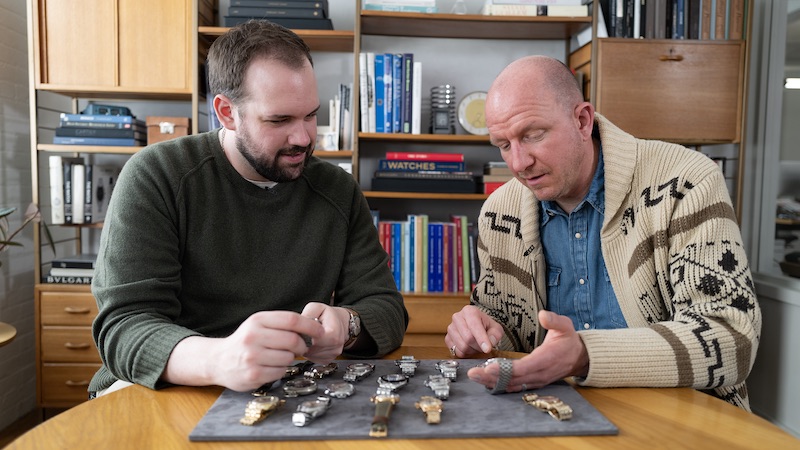



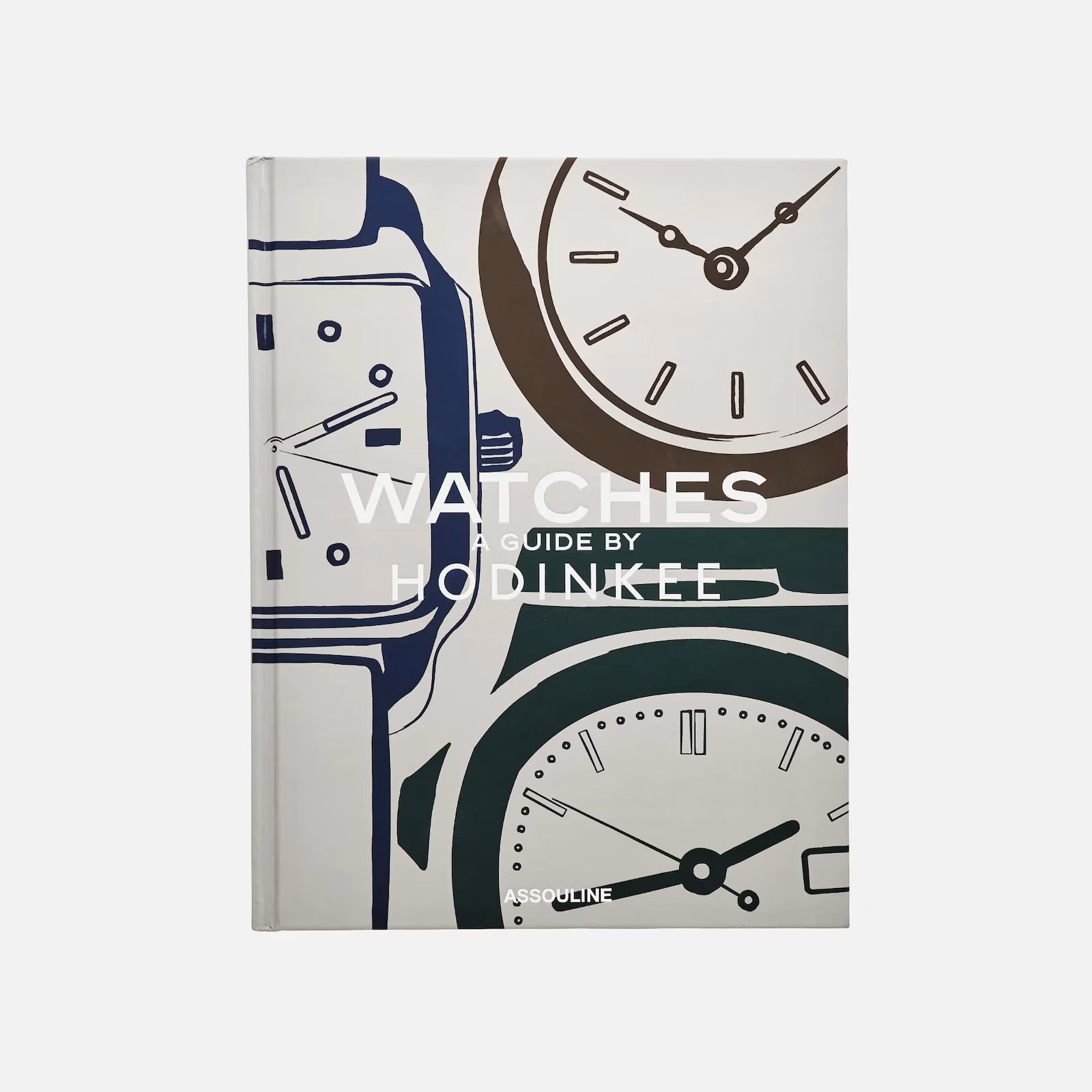









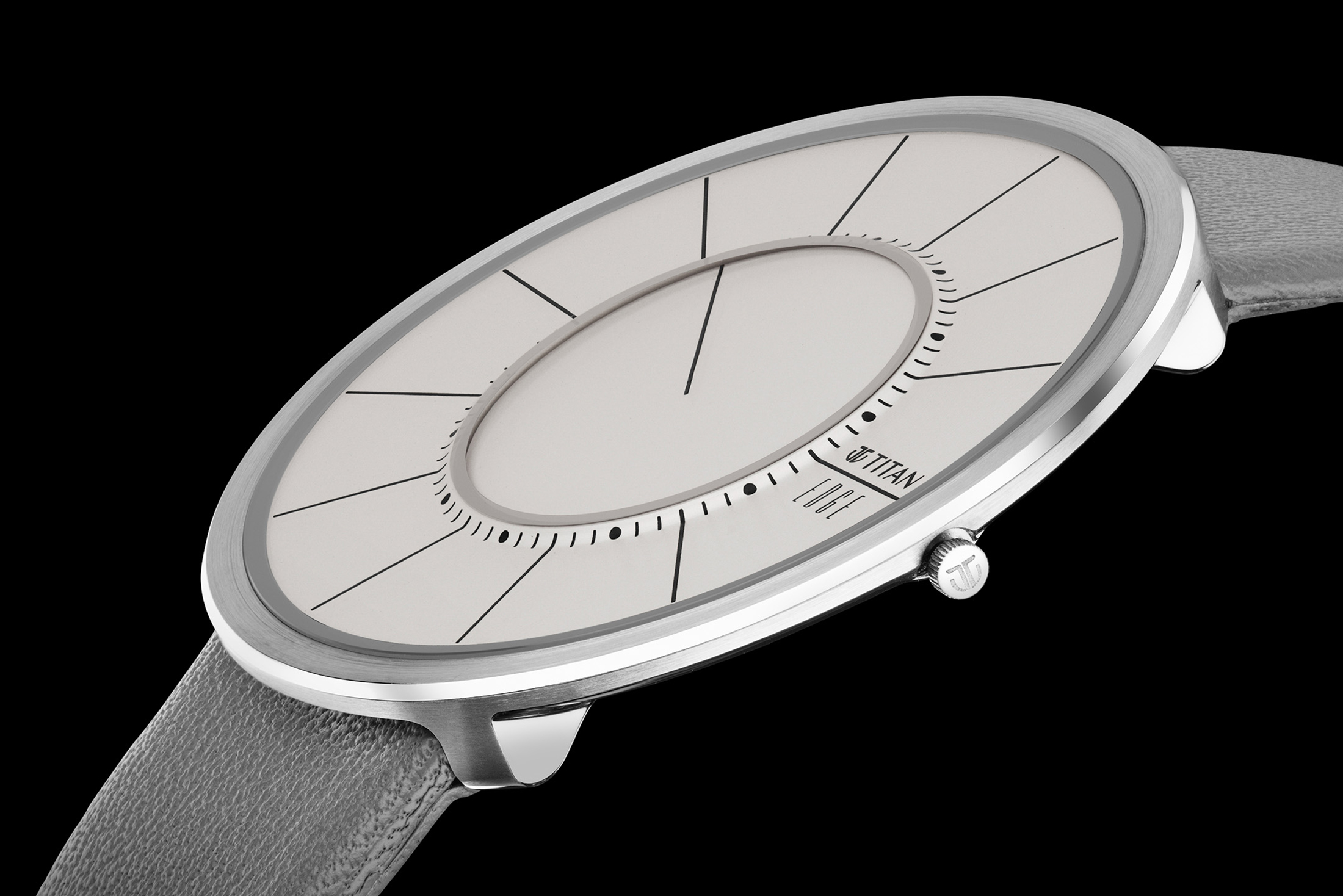
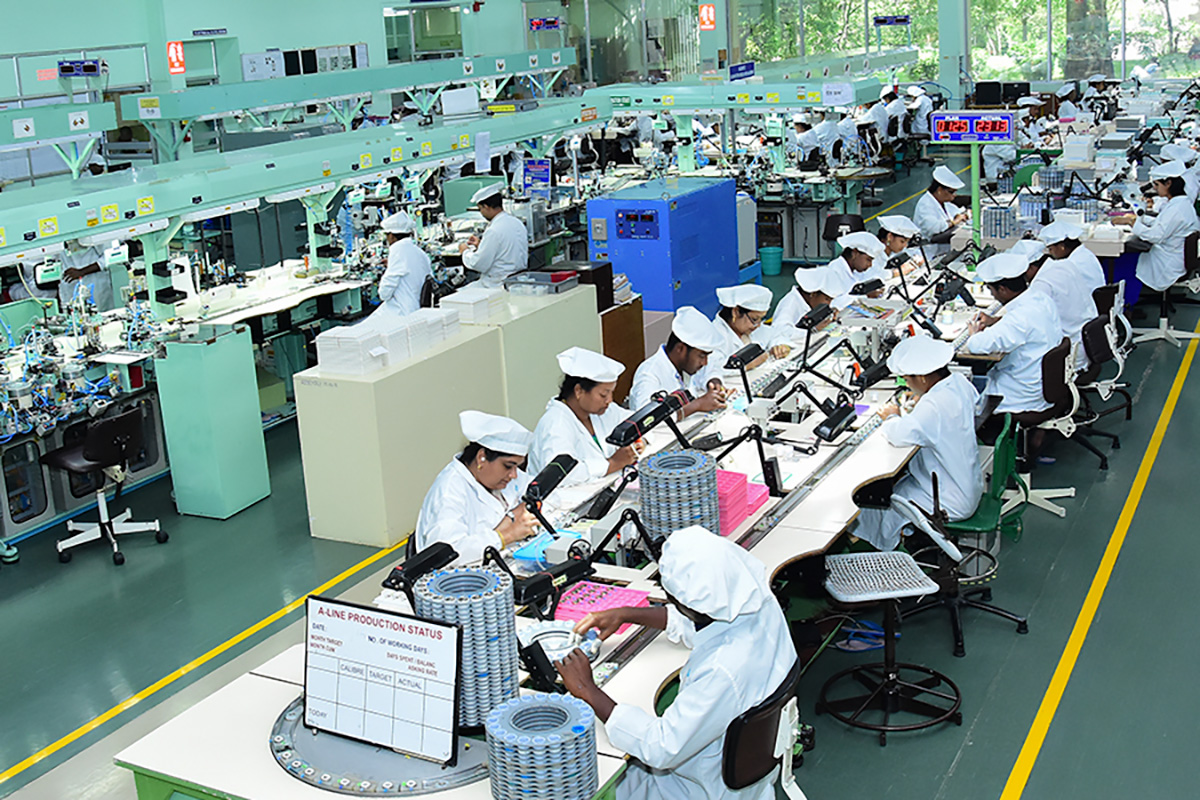
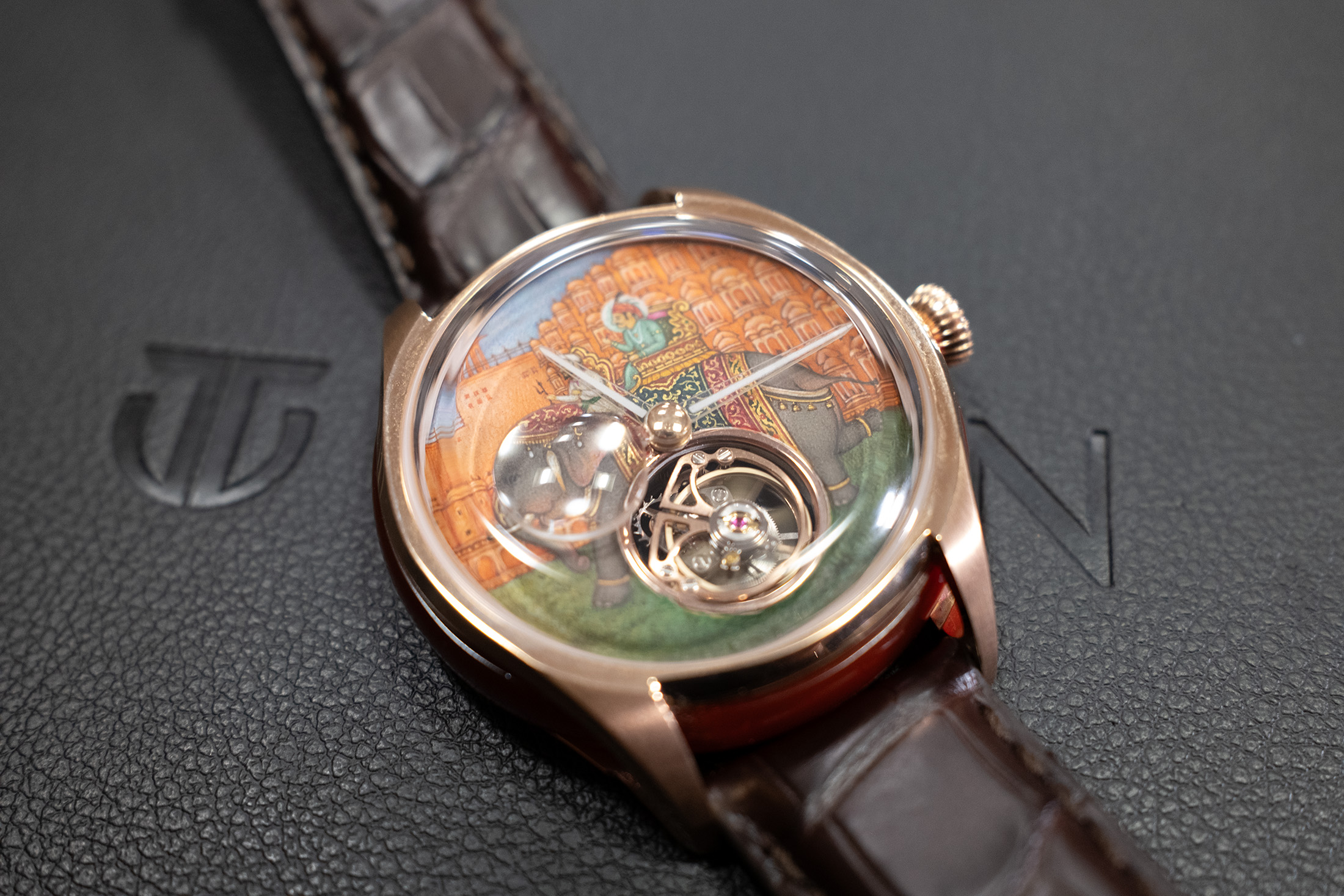
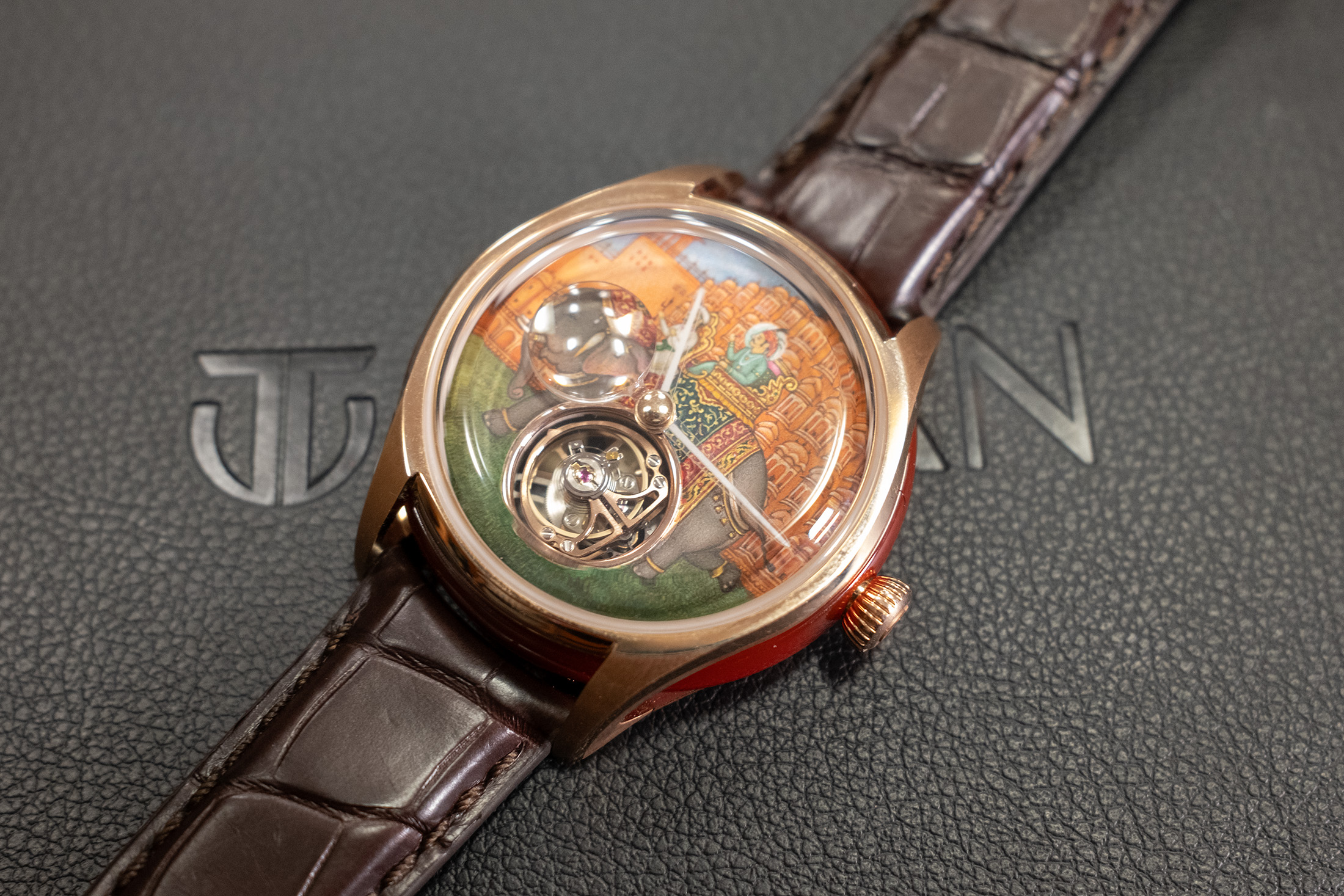
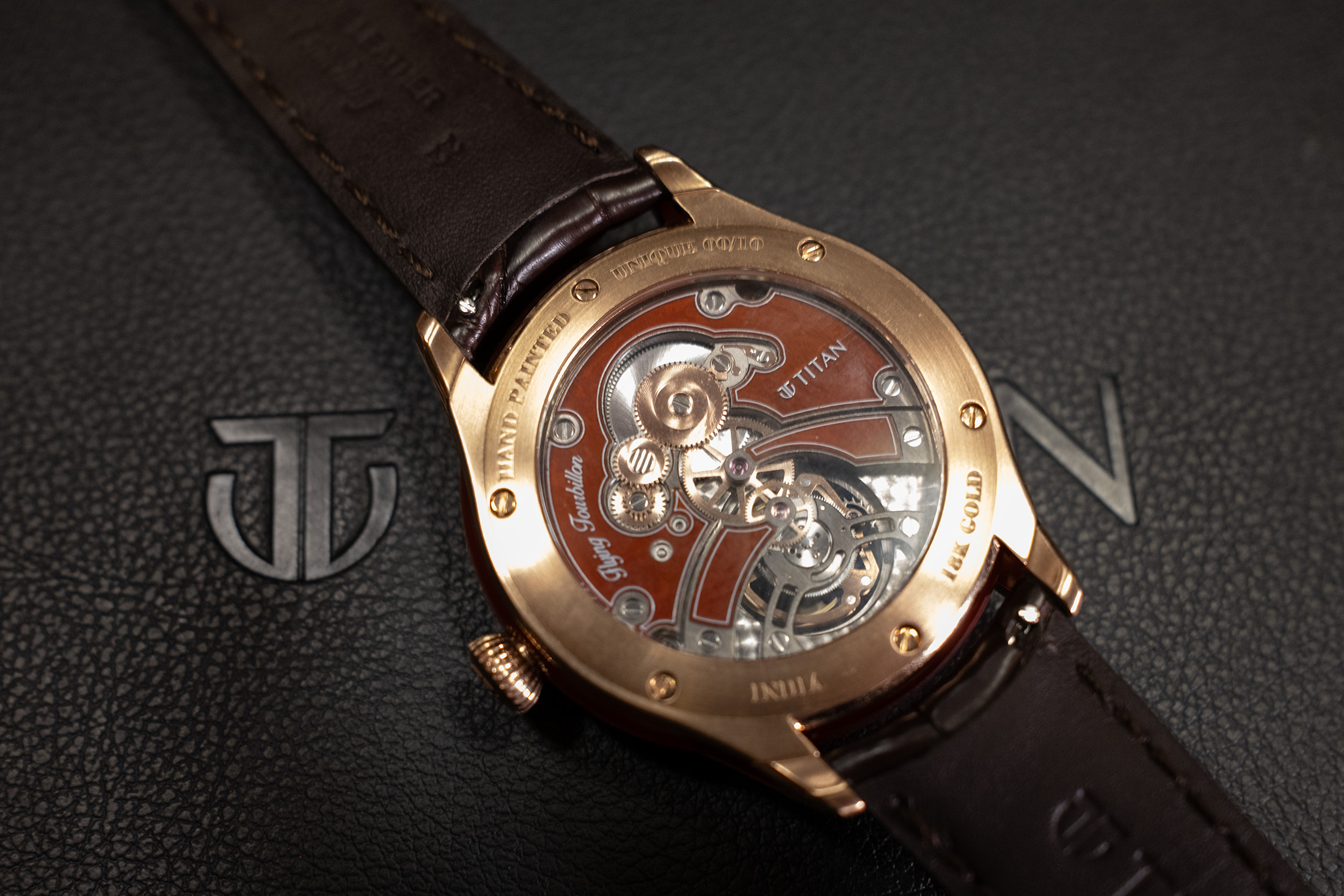
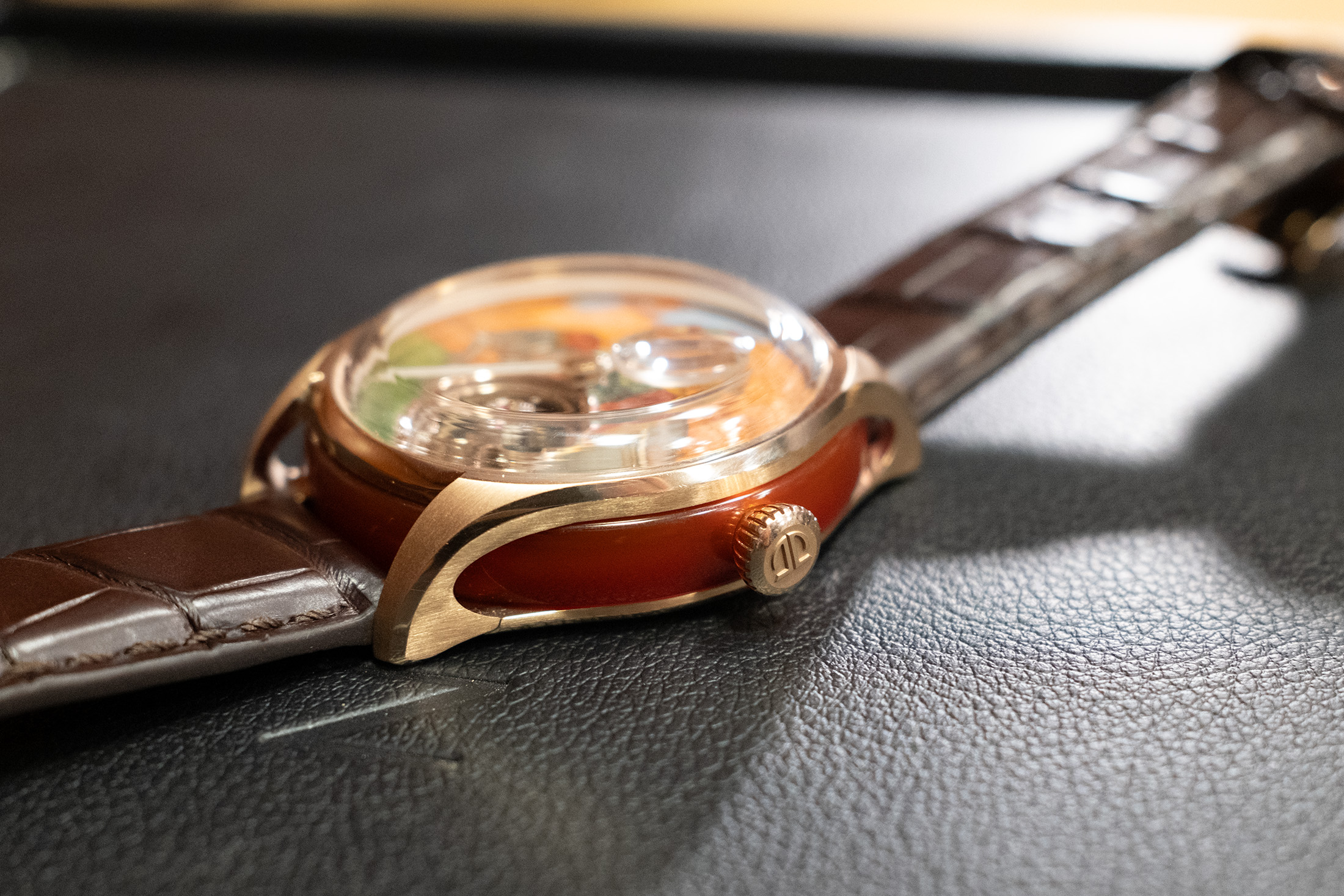
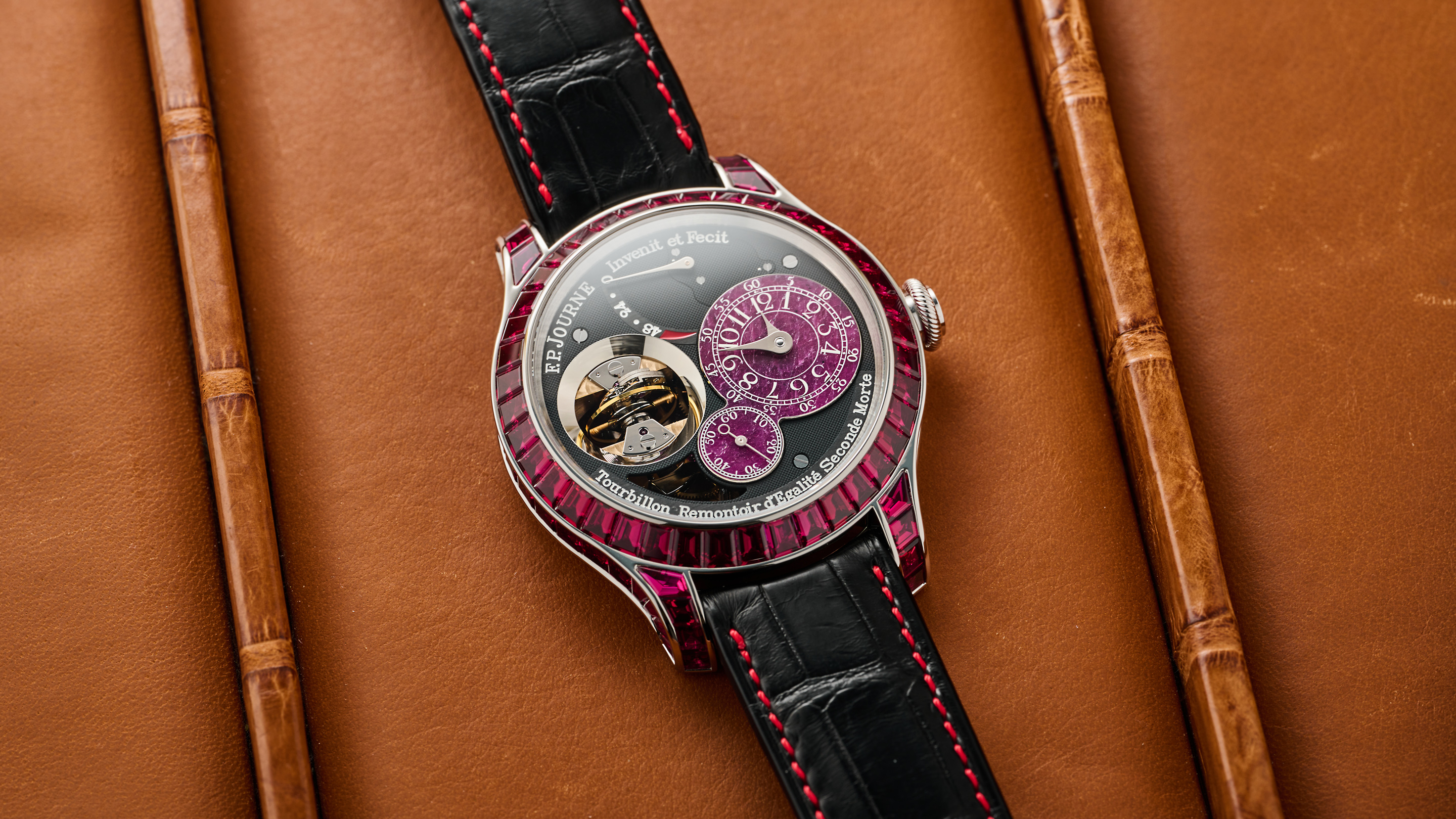

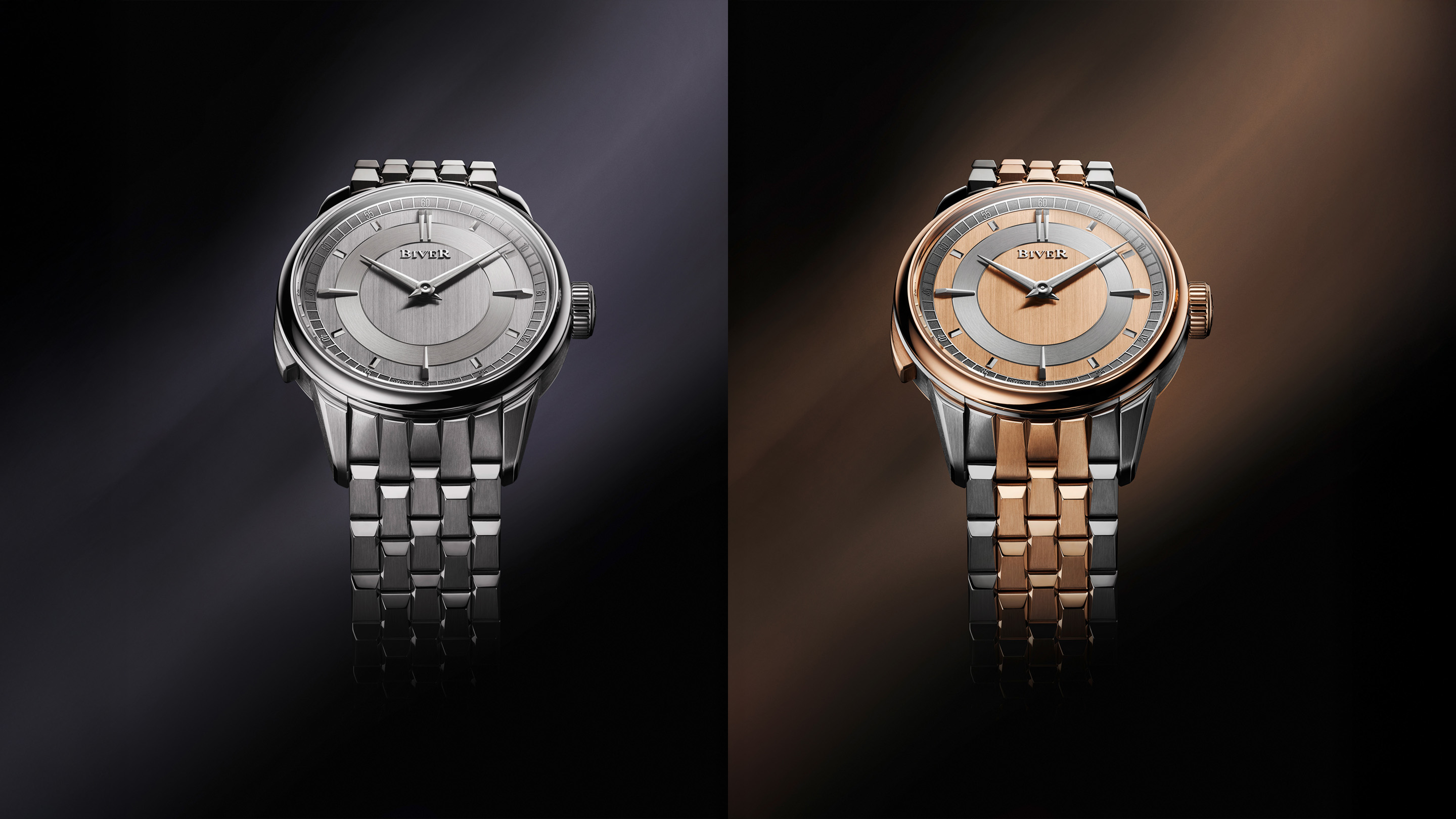

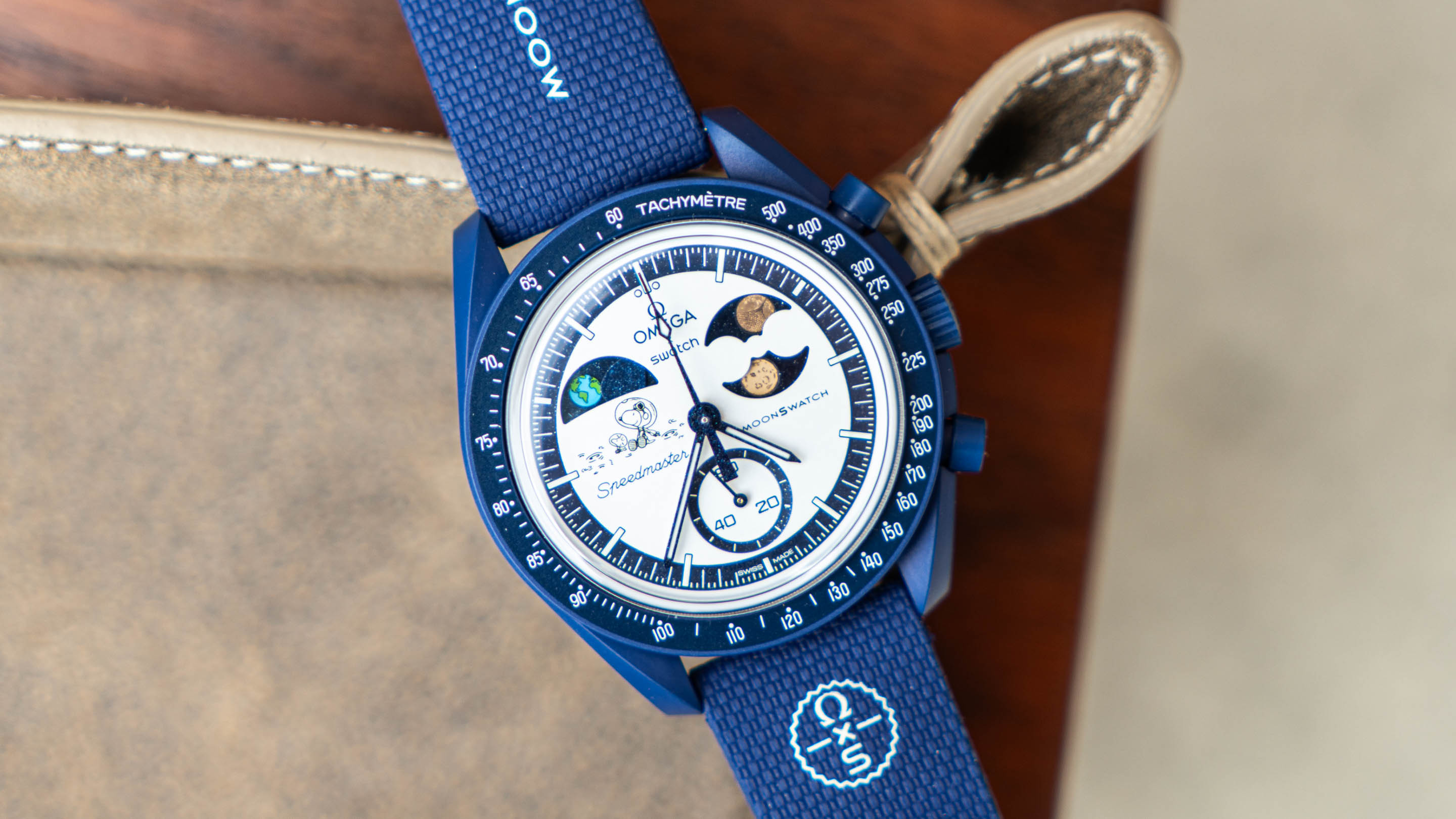


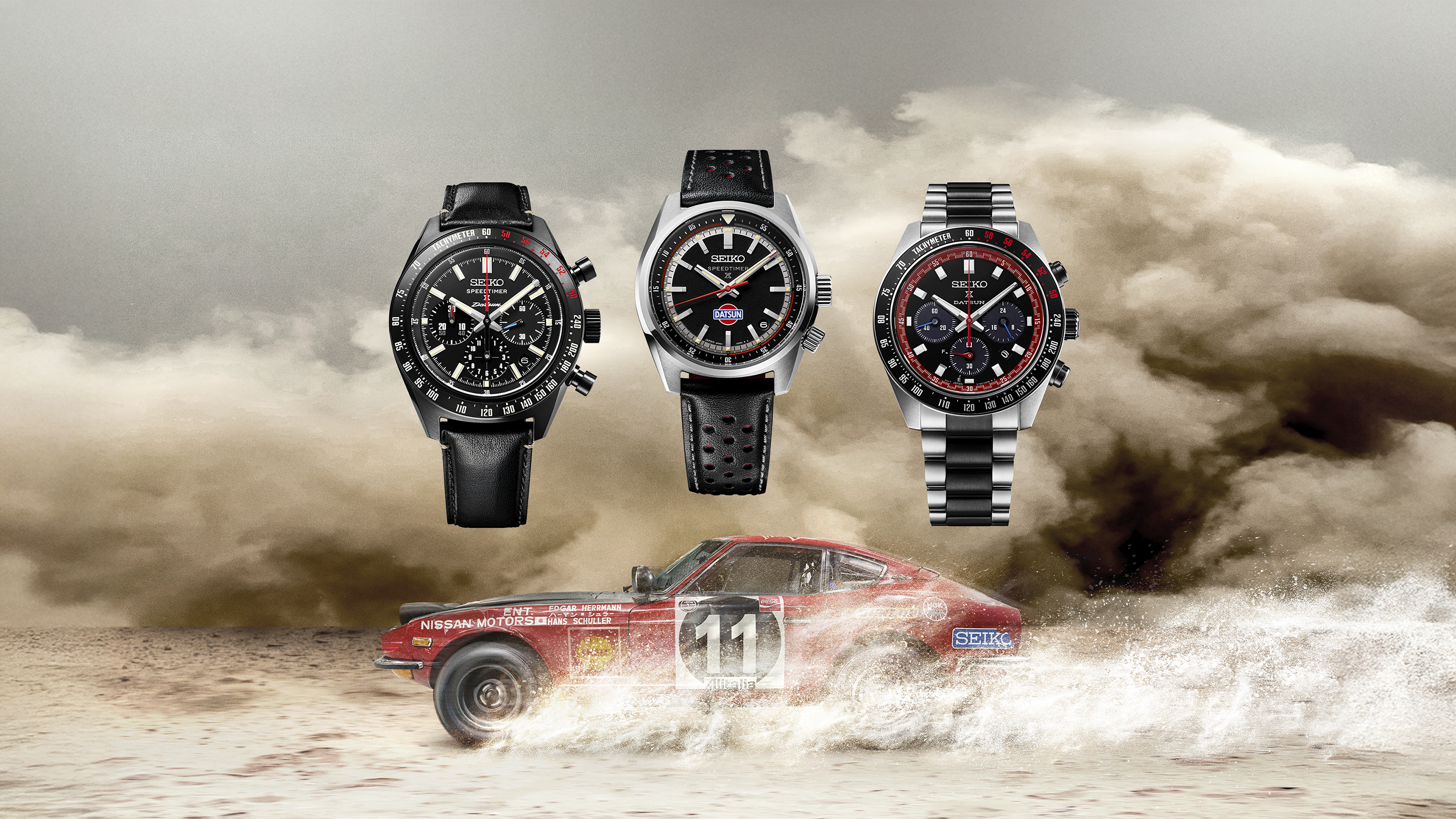
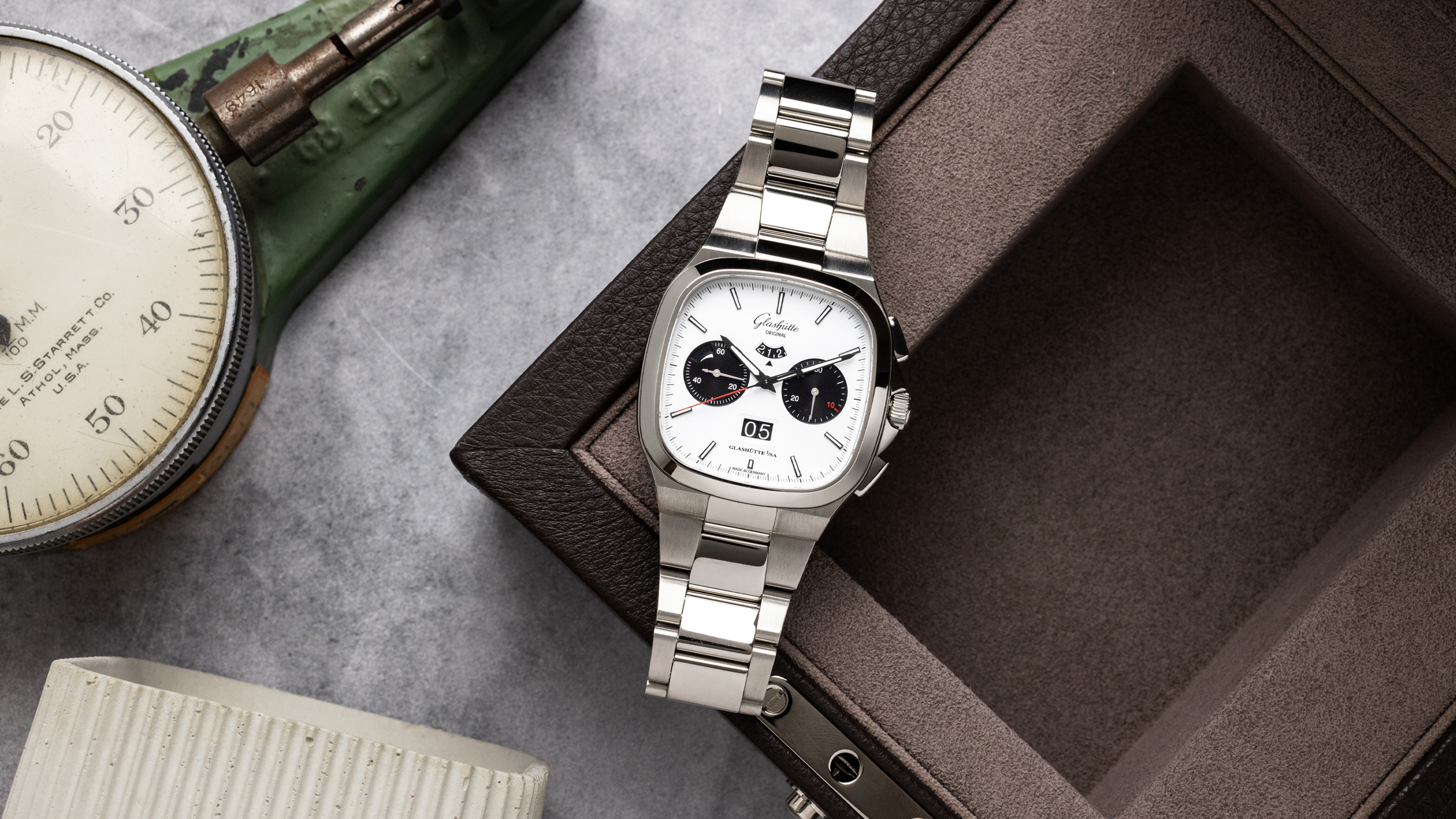
Top Discussions
Orange is the Color of Her Memory, Her Time
IntroducingUnimatic Updates The Prodiver Line, Including Its First-Ever 600m Diver
Hands-OnThe Wren Diver 38